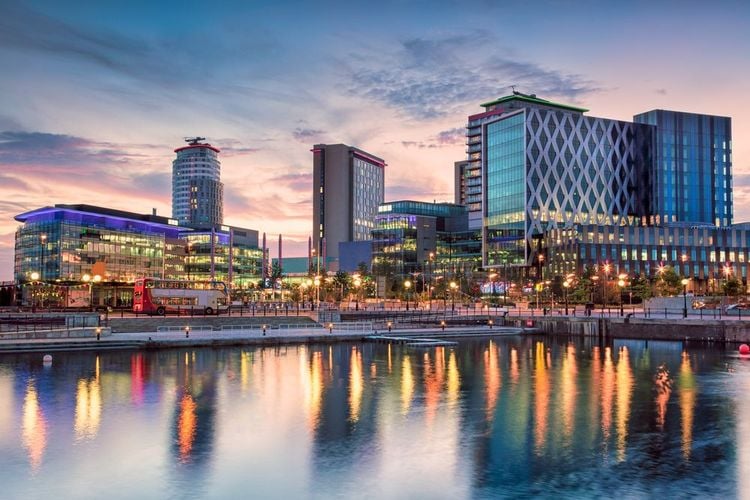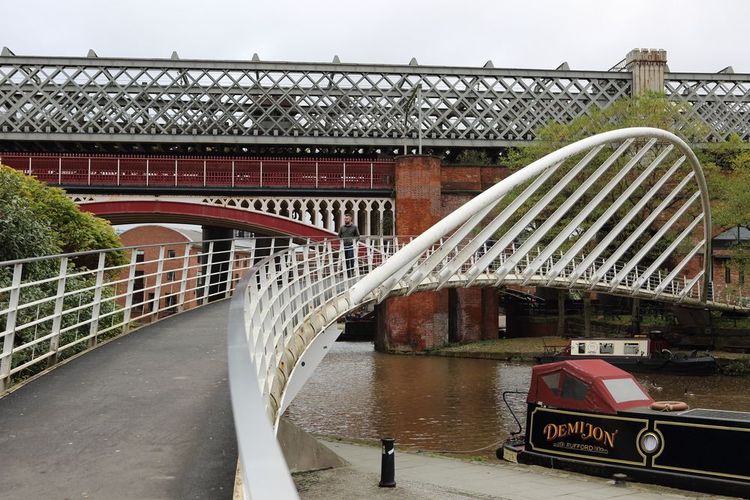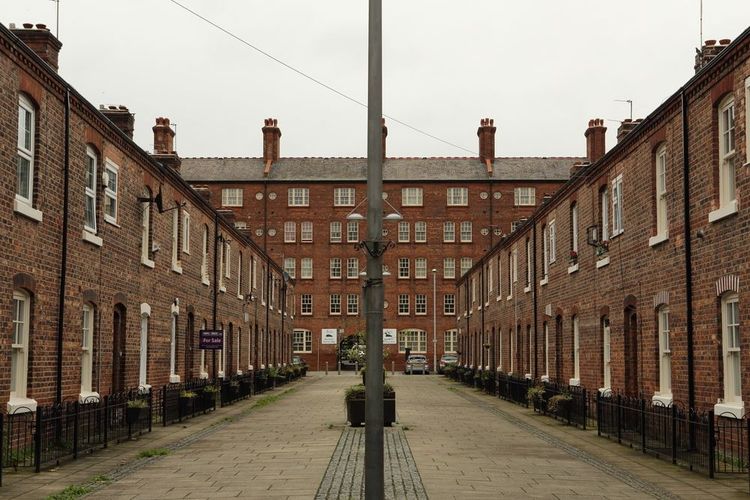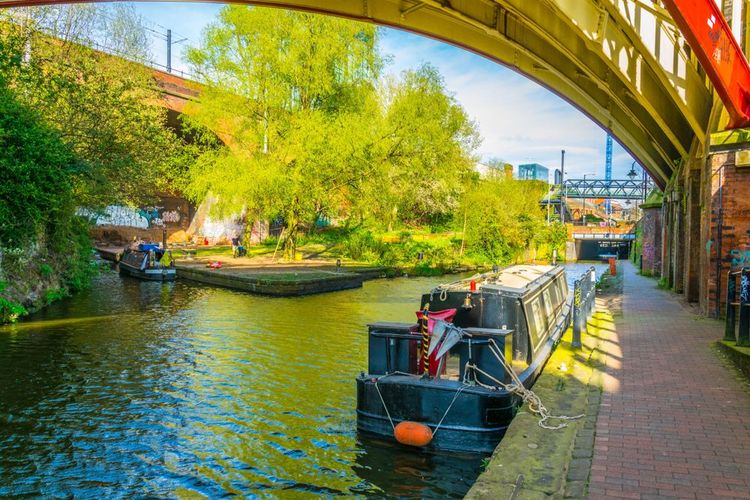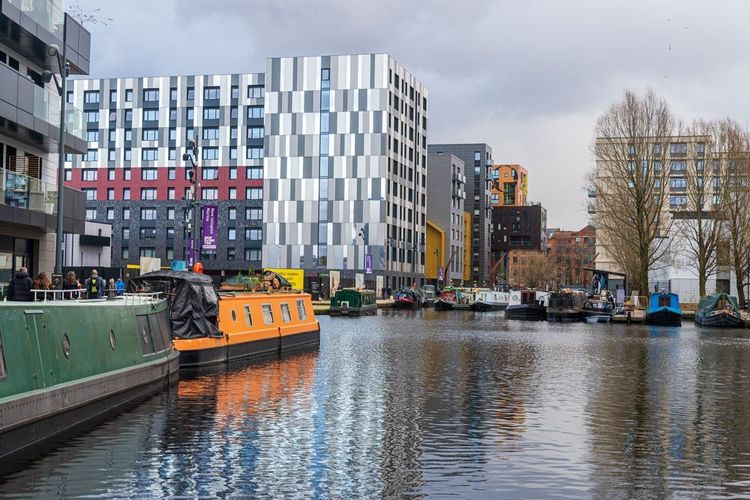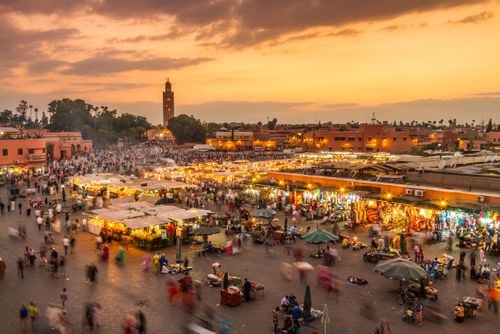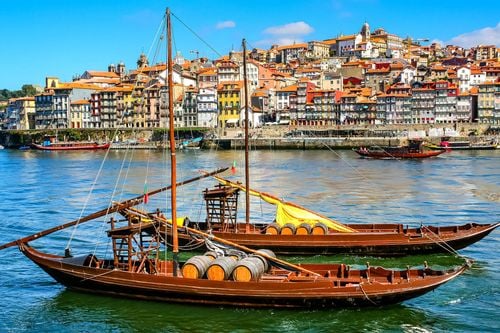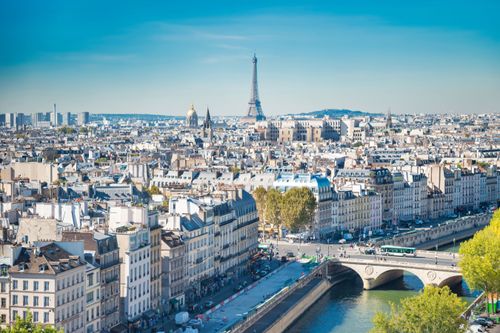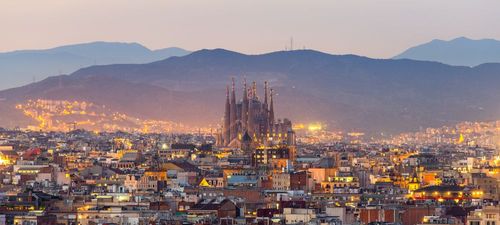Human settlements are known to have existed at Ancoats since at least 1212, with the name likely deriving from the Old English ana coats, meaning “lonely cottages”. For most its life a sparse hamlet of Northern English cottages and farmland, the creeping onset of the Industrial Revolution in Britain in the nineteenth century and the transformation of Manchester into Britain’s ‘Cottonopolis’ saw Ancoats unrecognisably transformed into an area known as the “Cradle of the Industrial Revolution”, already home to at least sixteen mills by the start of the nineteenth-century, when the construction of the Rochdale Canal only brought more industry and bodies to the area. So, by 1815, Ancoats was the most populous district in Manchester and had gained a reputation as the “world’s first industrial suburb”, albeit one rampant with issues of overcrowding, crime, and illness.
